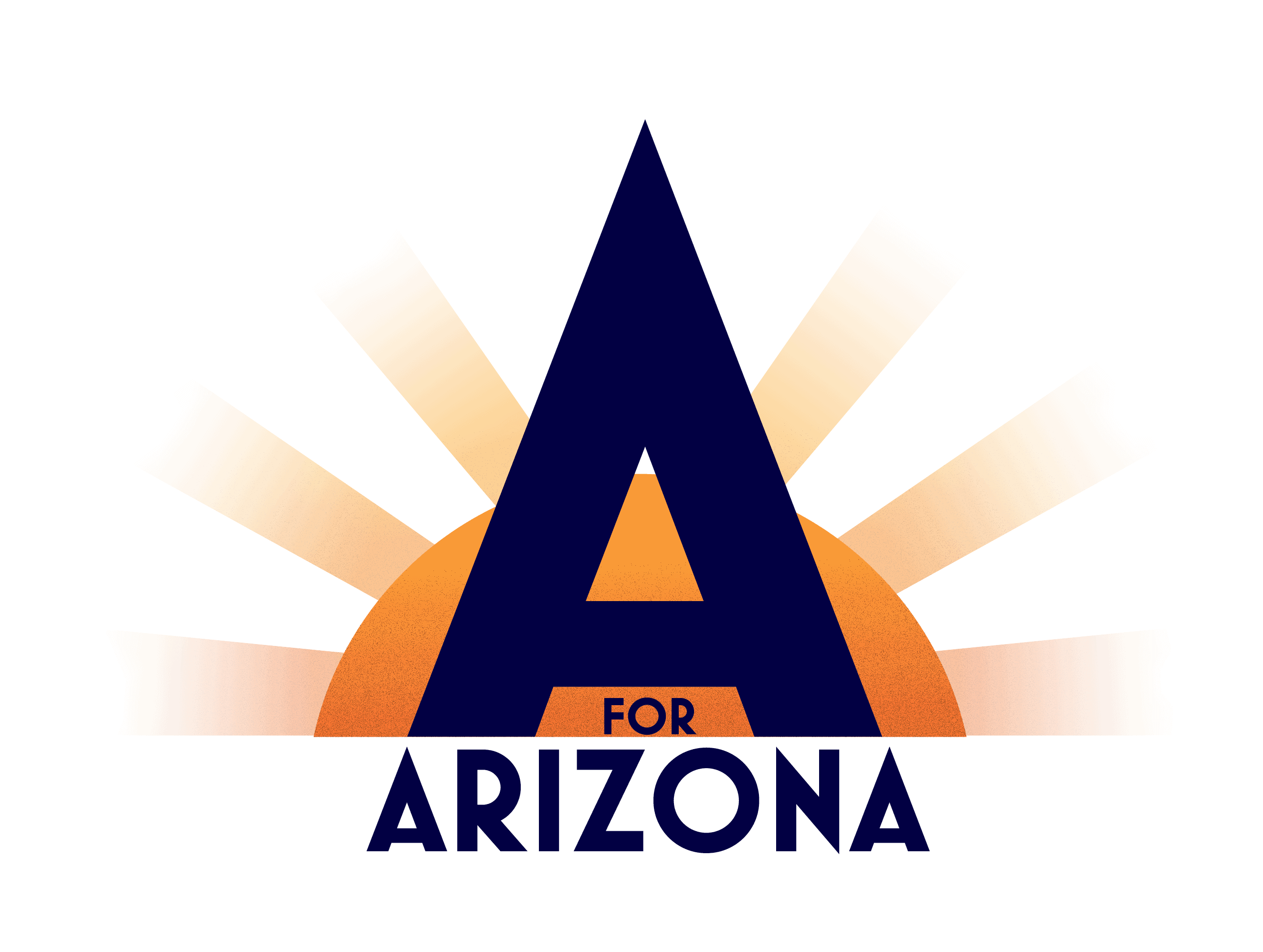This article was originally published by The 74 on January 15, 2019
Rimmed by spectacular mountains and 200-year-old desert cacti, the Vail school district in southern Arizona has grown from a few hundred to more than 12,000 students over the past two decades, spurred by the growth of nearby Tucson further into the scrub land of the Sonoran Desert.
The district’s expansion has been managed by a respected and resourceful district leader who credits much of the success of its schools, which rank among Arizona’s best, to its selection of teachers.
Teachers who have earned credentials through traditional programs “remain our meat and potatoes,” said Calvin Baker, the superintendent who has run Vail schools for 30 years. But the district also serves as its own school of education, training non-certified staff — as well parents and community volunteers — to become educators.
“The true benefit of having your own [training] program is the changes it makes in the school culture,” Baker said. “If you get a classroom aide, teacher’s aide, a paraprofessional, and they’re struggling learning to teach algebra, their approach to students who get can’t homework done is going to be different than other teachers. We’re a community of learners. And when they do become teachers, they offer a symbol for all the other paras and aides in the organization.”
Vail’s work has intersected with an education plan launched by the Arizona Chamber Foundation, a research-based affiliate of the state’s Chamber of Commerce, around a bill signed into law by Gov. Doug Ducey in 2017 — despite opposition by teachers unions — that allowed schools to not merely train aspiring teachers but issue credentials to them as well.

